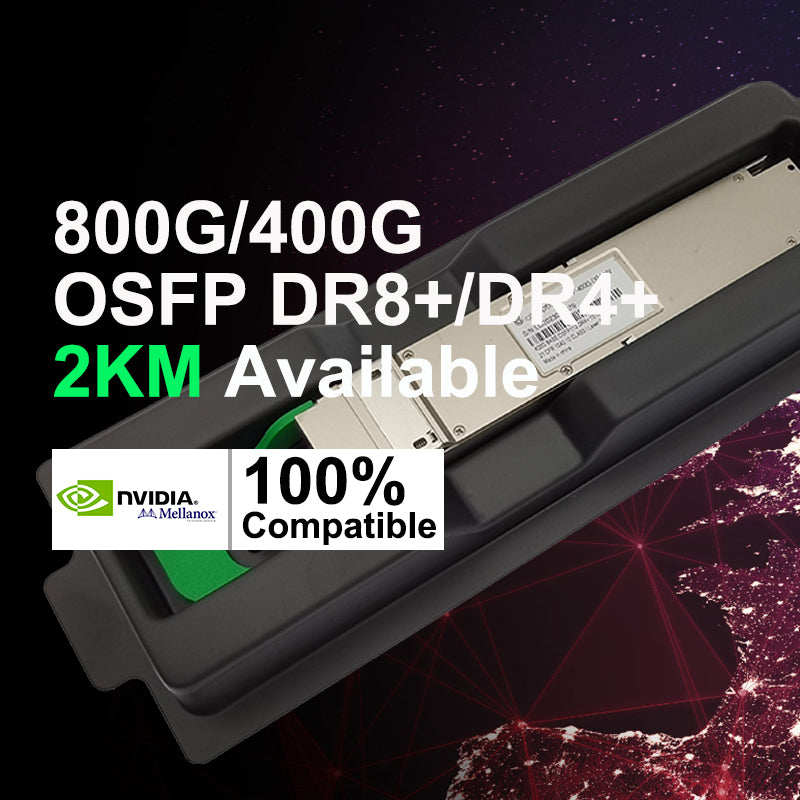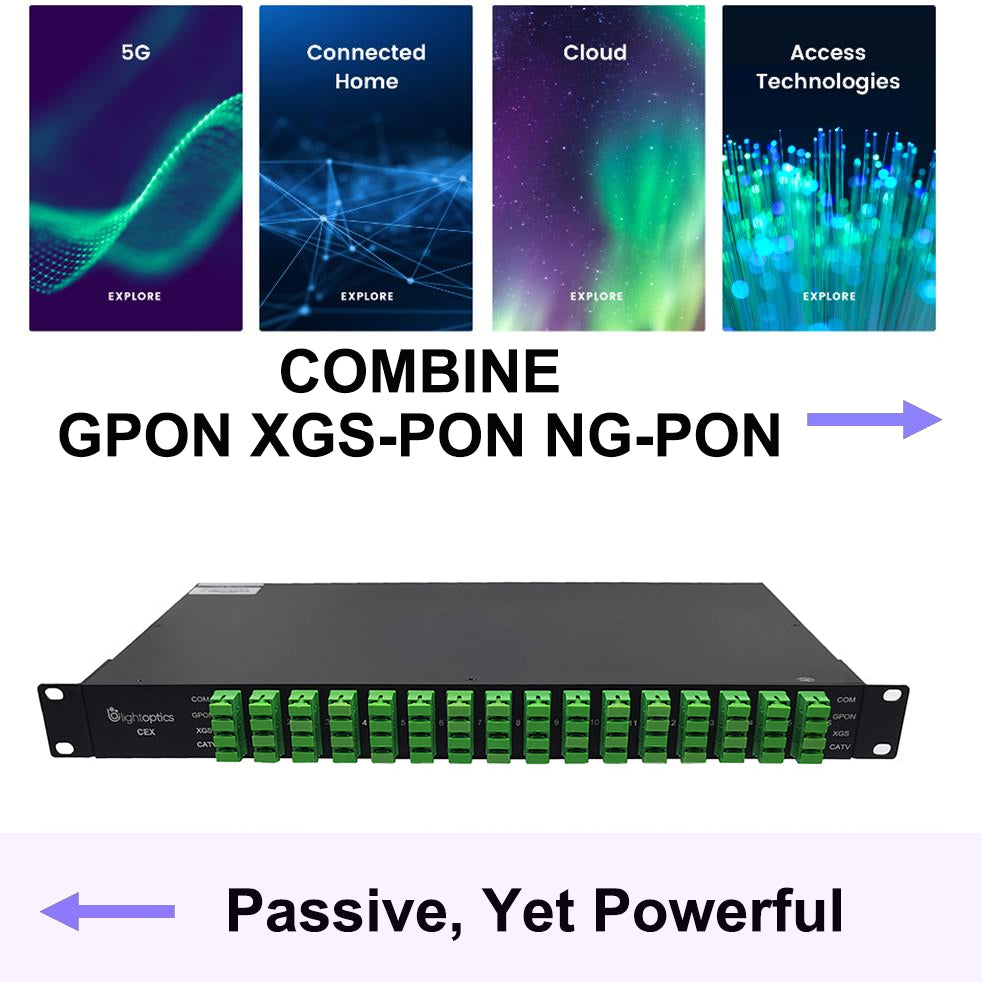Introduction to SDI, ASI, HDMI, DVI
Introduction to SDI, ASI, HDMI, DVI
Over time, the number of media interface options have grown to meet the demand of the various ways data is transmitted and the numerous devices that process and employ interface translations.Today, we find ourselves lush with media interface options to choose from. The Internet and our insatiable thirst for instantaneous information have driven innovation in the data streaming industry. Depending on the device, industry standards vary in regards to interface compatibilities with different cabling and audio/video transmission methods. This article should give you some insight into these three main media interfaces and the comparisons and contrasts between the two.
SDI is an abbreviation for Serial Digital Interface, which is the serial digital interface. The serial interface is the data word of each bit and the corresponding data transmitted through a single channel interface. Due to the high data rate of serial digital signals, they must be processed before being transmitted. The NRZI is used instead of the early block codes, which are based on the SMPTE-259M and EBU-Tech-3267, which include digital composite and digital component signals including digital audio.
SDI is divided into standard definition SD-SDI and HD-SDI interface standards. Currently, the main connection between high-definition digital television production equipment is the serial digital component interface HD-SDI.
(1) SD-SDI complies with SMPTE259-C standard and embedded audio complies with the SMPTE272M standard. The code rate is 270Mbps.
(2) HD-SDI complies with SMPTE-292M standard and embedded audio complies with the SMPTE299M standard. The code rate is 1485Mbps.
We know that analog signals (also called continuous signals) are sampled and quantized into signals that are not continuous in time and in amplitude (also called discrete signals). Such signals are not yet digital signals and need to be converted into digital symbols (Such as natural binary code), this code stream is not encoded by the baseband signal compression, larger code rate, take up a larger transmission bandwidth, this code stream transmission interface is SDI interface, also known as serial digital interface, It belongs to the channel code stream, so the SDI transmits a digital video signal that is not compressed after the sample is quantized (you can also embed the audio).
SDI interface cannot transmit the compressed digital signal directly. After the compressed signal recorded by devices such as digital video recorder and the hard disk drive is played back, it must be decompressed and output through SDI interface to enter SDI system. Repeated decompression and compression, will inevitably lead to image quality degradation and delay increase, for which a variety of formats of digital video recorders and non-linear editing system, provides its own interface for direct transmission of compressed digital signals.
ASI
ASI (Asynchronous Serial Interface) is a streaming data format which often carries an MPEG Transport Stream (MPEG-TS). Unlike the SD-SDI and HDSDI that are uncompressed, an ASI signal can carry one or multiple SD, HD, or audio programs that are already compressed. Generally, the ASI signal is the final product of video compression, either MPEG2 or MPEG4, and ready for transmission, after necessary conversions, over various types of transmission paths such as coax, fiber, or microwave. For example, for CATV applications the ASI stream is typically converted into QAM. It is converted into 8VSB for broadcast applications. The two transmission formats commonly used by the ASI interface are the 188 byte format and the 204 byte format. The 188 byte format is the more common ASI transport stream. When optional Reed-Solomon error correction data is included the packet can stretch an extra 16 bytes to 204 bytes total. Data rate is variable and dependent on user’s application requirements, but the ASI interface of most products support 270 Mbps per DVB-ASI 50083-9 standard.
HDMI
HDMI stands for “High-Definition Multimedia Interface.” It’s a digital video connection standard that helps you get clean HD video on TV sets and computer monitors. At the moment, it’s typically the way you get the highest-quality video connection between devices such as computers, set-top boxes, game consoles, DVRs, Blu-Ray or DVD players, and monitors or TV sets.
HDMI is a standard governed by the HDMI Forum, which is a group of over 80 companies that vote to determine how HDMI works today—and how new extensions of the standard will work in the future.
HDMI can carry both a video and an audio signal, making it a convenient one-plug solution for high-definition digital video. (Previous digital video standards such as DVI did not support audio and required a separate cable.)
DVI
Digital Visual Interface or DVI is a video-only standard designed to provide very high visual quality on digital display devices such as LCD TVs and, more specifically, computers. Created in 1999, it was developed to replace the analog VGA (Video Graphics Array) technology (remember those red, white, and yellow plugs for the back of your SDTV?) and, depending on the DVI type (single or dual link), the data range is 3.96 and 7.92 Gbits/s. Despite HDMI being DVI’s technological usurper only 3 years later, DVI remained the more common interface option for computer monitors for years to come, considering most PC users drove the market toward visual fidelity at the cost of audio compatibility — most PC users were already using different external speakers or headphones, which utilize their own ports.
Nowadays, in most CATV applications, a DVI-to-HDMI cable can be used to display the DVI signal on an HDMI-compatible TV, but audio will have to be transmitted by other means.
Conclusion
DVI interface can only transmit video data, can not transmit audio signals, if the hardware meets the relevant specifications, this interface can also transmit HDCP signals.
SDI is a professional video transmission interface, generally used in broadcast video equipment. SDI and HDMI both support uncompressed digital video transmission, but the HDMI interface to use the 19-line transmission, SDI with the ordinary 75-ohm coaxial line can. HDMI can only transmit the longest 40 meters, SDI can transmit 120-400 meters.
HDMI and SDI applications in different areas, there will be no conflict.












